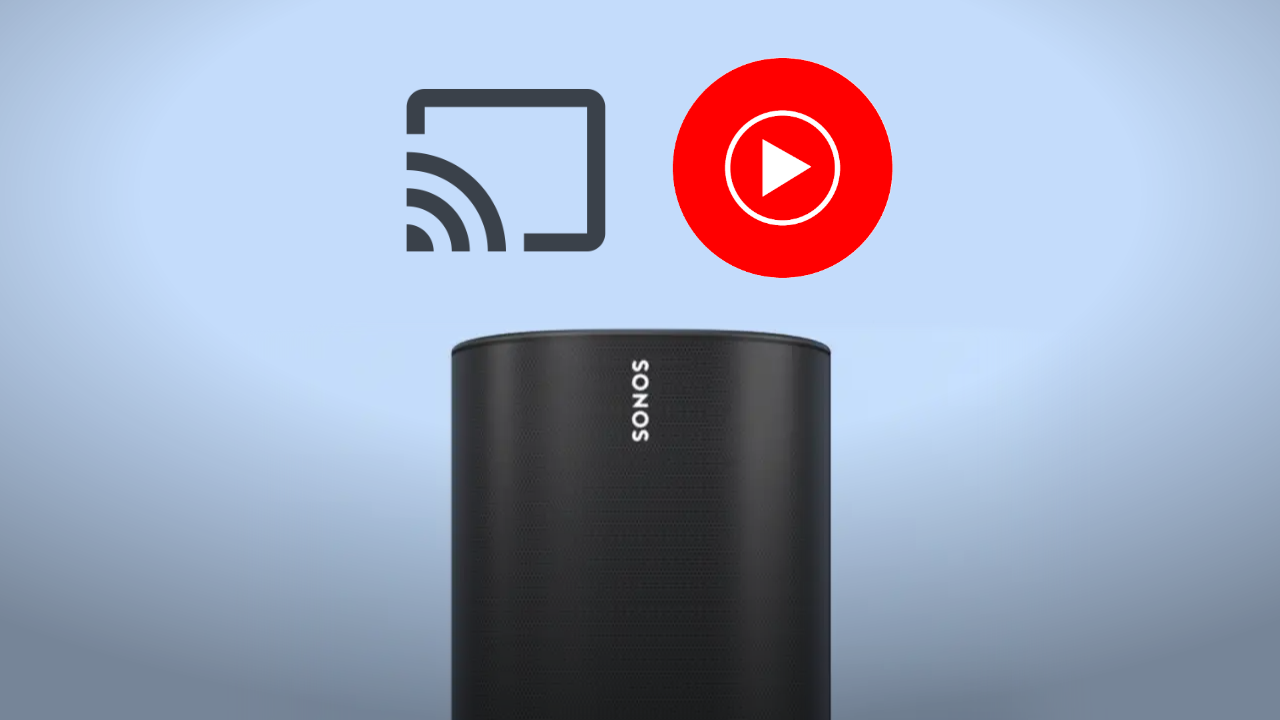People who own Sonos speakers aren't having the best time dealing with the death of Google Play Music. YouTube Music, the app meant to replace it, has yet to adopt the seemingly basic ability to cast audio from mobile devices to robust thousand-dollar soundbars, much less achieve the promise of complete feature parity. As with many conflicts, there's no good reason for this chasm to exist and everyone to blame. But who should fix it?
The backstory is murky and entangled in legal drama, but it begins just prior to when speakers really became "smart." Sonos had been collaborating with Google on a bunch of wireless protocols between next-gen speakers such as ways to easily initiate simultaneous play or, most pertinent for our concerns, cast audio from a third-party source to a speaker for playback. Eventually, though, it seems that the two companies went their own ways and developed APIs unique from each other. There's the question of who originally came up with the intellectual property, but that's a subject for other articles.
These days, the overwhelming majority of OEMs making consumer A/V gear have adopted Google's Cast API while Sonos's API remains mostly within that company's kingdom of hardware. It's up to app developers to adopt those APIs to allow their users to use said app on their phone or tablet to interface and control what gets played out to the speaker(s) of their choice.
Google Play Music Cast menu (on left) recognizes Sonos speakers, YouTube Music Cast menu does not / Images: Marvyn Hortman
In the case of Google Play Music, it just so happened that the app had adopted both Google's Cast API as well as the Sonos one. But that app's dead, remember? YouTube Music, on the other hand, seems to only support Google Cast and, thus, cannot stream to any Sonos kit.
So, if you're a Sonos owner and use YouTube Music to stream the latest hits along with your own library of songs, what are you to do? Well, you could link up your YTM subscription details in the Sonos app which, firstly, leaves free listeners in the dust, but also doles out an experience that has been described by plenty of complainants as extremely limited and bug-ridden.
Short of Sonos enabling its hardware to take up Google's Cast API, Google is seen as holding the key to the easy way out: have YouTube Music adopt the Sonos casting API. Indeed, while this may not have been said as such in those exact terms, it seems that some Sonos customers have inferred as much by what the company's support representatives have told them.
For its most recent say on the matter, Google has not pointed a finger back at Sonos and doesn't seem to be in a rush to find a solution to an issue that has garnered upvotes and comments for more than a year. But the most damning fragment comes from the company's statement that it was "working on direct casting to Sonos from YTM" back in March of last year. That's 21 months to now and the days are only piling up from here.
It all really boils down to this: Google made the promise to not leave Play Music users behind with the switch to YouTube Music, so it's up to Google to put in the arm grease and make its customers whole. Casting to Sonos speakers may have been a little-noticed feature, but we believe it to be one provided by Google and one missing in the transition, so it must be that it shall return.
Kellen of Droid Life made a similar point of this earlier. Short of another analysis/thoughtpiece at one of these drafty tech blogs, you might do better yelling through a bullhorn at YouTube.
Thanks: Nicholas and our commenters

